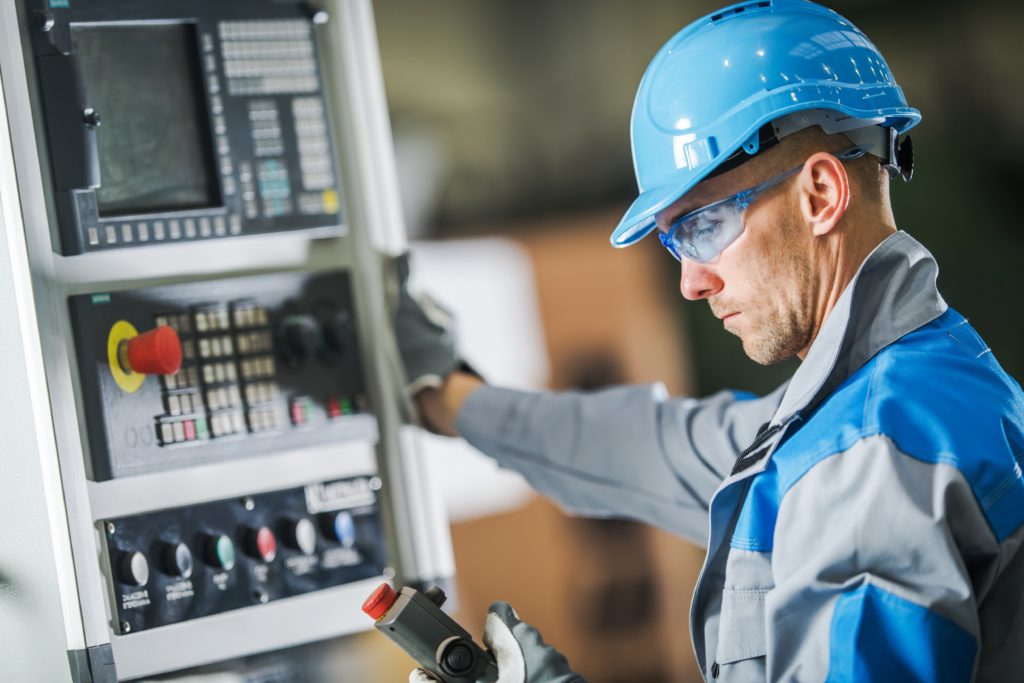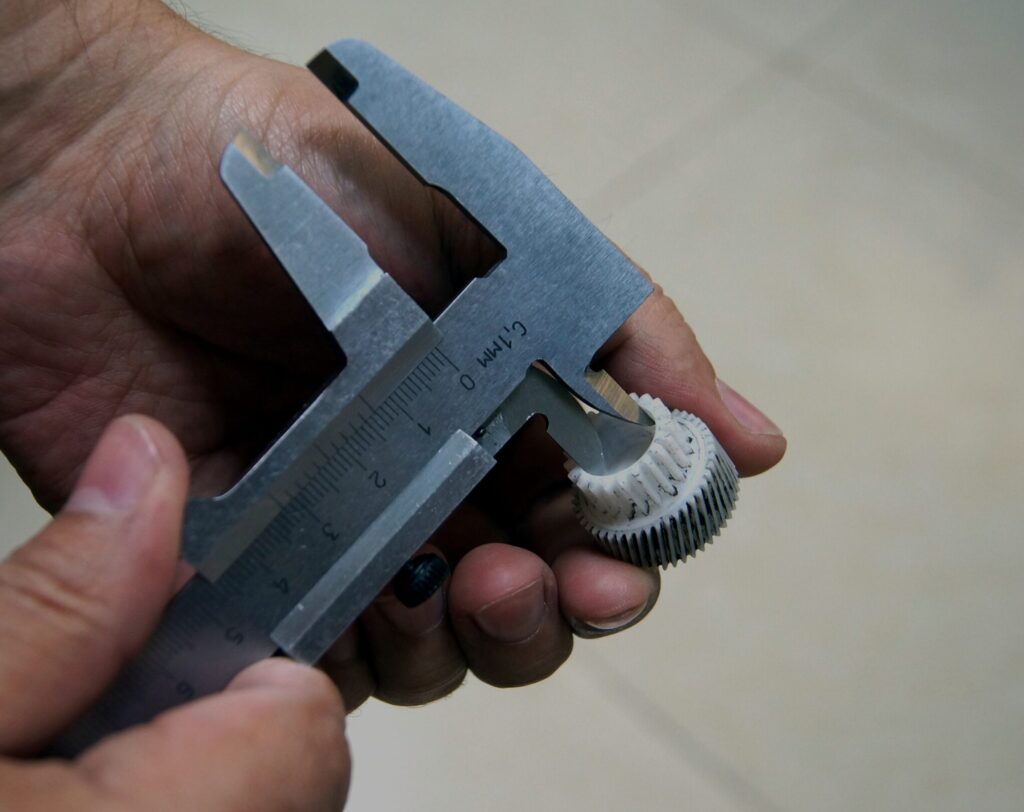Mistakes in PTFE machining can be surprisingly costly, despite the material’s reputation as a high-performance solution. PTFE (polytetrafluoroethylene) is valued for its exceptional chemical resistance, low coefficient of friction, and wide thermal operating range.
PTFE (polytetrafluoroethylene) is a standout material in high-performance engineering applications thanks to its remarkable chemical resistance, low coefficient of friction, and wide thermal operating range. These properties make PTFE ideal for use in seals, insulators, gaskets, and precision components found in various sectors, including medical, aerospace, semiconductor, and chemical processing. Its low mechanical strength, high thermal expansion, and tendency to deform under load create a unique set of challenges that can result in costly failures if not properly accounted for.
This article examines the most common and costly mistakes made during PTFE machining and provides guidance on how to avoid them.
Ignoring PTFE’s Thermal Expansion
PTFE has a high coefficient of thermal expansion (CTE), ranging from 100 to 200 x 10^-6/°C. This is significantly higher than metals or rigid polymers. And a part machined at 22°C may expand or contract enough in service to cause critical dimensional shifts.
Failing to account for this thermal behavior during design and machining can result in components that seize, leak, or fail due to interference or clearance issues. Engineers must anticipate thermal conditions during part operation and adjust dimensions accordingly. In some cases, mating materials should also be chosen based on matched coefficients of thermal expansion (CTEs) to mitigate differential movement.
Not Accounting for Cold Flow (Creep)
Cold flow, or creep, is the tendency of PTFE to slowly deform under constant mechanical stress. Unlike elastic deformation, creep is time-dependent and permanent. This behavior is especially problematic in applications involving sealing, clamping, or structural support.
When machining PTFE components, failure to design for creep can lead to reduced sealing force, shifting of components, or dimensional instability over time. For this reason, engineers should avoid thin unsupported walls and instead incorporate mechanical features that distribute load or accommodate long-term movement. Additionally, engineers should also minimize the presence of stress concentrations and increase the contact area between the PTFE part and the mating surface.

Using Inappropriate Tooling and Feed Rates
PTFE is soft and stringy, with a tendency to deform under tool pressure rather than shear cleanly. Standard tools may produce poor results, including smearing, tearing, or excessive burrs. Inappropriate tooling can also lead to tool chatter and vibration, which can affect surface finish and dimensional accuracy.
For optimal results, sharp carbide or HSS tools with positive rake angles around 0° to 15° should be used. Moderate feed rates help achieve clean cuts without excessive heat buildup. Tool paths should also be optimized to avoid chip welding or surface drag.
Over-Specifying Tolerances
While PTFE can be machined to tight tolerances, its dimensional stability is limited by its thermal expansion and mechanical softness. Applying unnecessarily tight tolerances can increase machining time, tool wear, inspection failures, and scrap rate.
A tolerance of ±0.001″ may be achievable, but only under tightly controlled conditions. Design engineers should assess whether looser tolerances are acceptable based on function, especially for components that will operate in fluctuating thermal or pressure environments. When tight tolerances are required, consider post-machining inspection at operational temperature or even in the assembled state.
Skipping the Annealing Process
Machining introduces residual stresses into PTFE, especially in deep cuts or during high-speed operations. These stresses can cause parts to warp or shrink unpredictably after machining. Annealing, which involves heating the material below its melting point and slowly cooling it, helps relieve these internal stresses.
Omitting this step can result in dimensional drift, especially for precision components or parts with asymmetrical features. For best results, anneal PTFE rods or billets before and sometimes after machining to ensure dimensional stability, especially in mission-critical applications.
Contaminating Parts with Coolants or Lubricants
PTFE is chemically inert and non-absorbent, but its surface can trap oils, coolants, or metal debris. In industries like medical, food, or semiconductor manufacturing, even trace contaminants can cause product failure, rejection, or regulatory issues.
Machining PTFE is best done dry or with inert coolants (e.g., clean compressed air or specialty fluids). After machining, components should be thoroughly cleaned to remove surface residues. For highly sensitive applications, specify cleanroom-compatible handling and post-process inspection.
Inadequate Fixturing and Workholding
Because PTFE is soft and deformable, improper clamping can lead to distortion during machining. Parts may spring back when unclamped, resulting in dimensional errors that are difficult to trace. Clamping too tightly can also leave marks or indentations that compromise function.
To prevent this, use soft jaws, vacuum fixtures, or contour-matched supports. Spread clamping forces over a larger area and avoid over-tightening. Designing the machining setup with minimal mechanical stress in mind is crucial for preserving the final part geometry.
The Answer to Mistakes in PTFE Machining
PTFE offers outstanding chemical resistance, temperature tolerance, and friction performance, but these benefits come with a price: complexity in machining. Failing to account for PTFE’s thermal expansion, creep, dimensional instability, and sensitivity to contamination can lead to part rejection, system failure, or compliance issues.
By understanding and mitigating these machining challenges, engineers and manufacturers can fully leverage the performance benefits of PTFE while maintaining cost-effective, reliable production. Whether you’re working with high-purity medical components, aerospace seals, or precision insulators, success lies in mastering the details of PTFE machining.
If you require expert support for precision-machined PTFE components or wish to explore custom-machined solutions, Advanced EMC Technologies offers the engineering expertise and production capabilities to ensure the success of your project.


